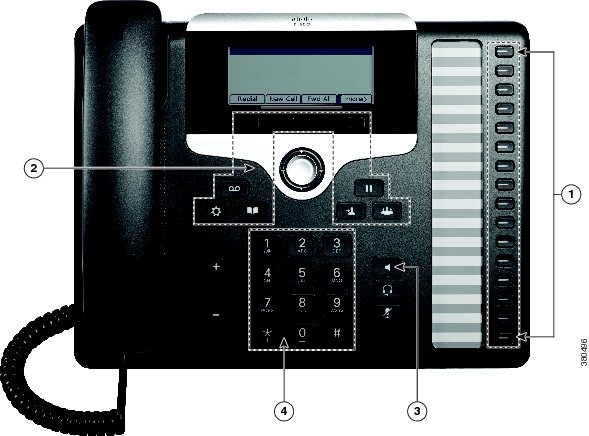

The National Electronic Injury Surveillance System contains prospectively collected data from patients who present to EDs with consumer product-related injuries. To describe the demographics and mechanism of genitourinary (GU) injuries related to pubic hair grooming in patients who present to U.S. Glass, Allison S Bagga, Herman S Tasian, Gregory E Fisher, Patrick B McCulloch, Charles E Blaschko, Sarah D McAninch, Jack W Breyer, Benjamin N Pubic hair grooming injuries presenting to U.S. Quantifiable contrast-enhanced ultrasound seems to be able to gather relevant data for the assessment and monitoring of muscle injuries and could be established as a valuable tool for further studies focusing on healing processes or therapeutic interventions.


The authors are able to demonstrate significant changes in intramuscular tissue perfusion in the center of the structural lesion as well as in the adjacent tissue. Magnetic resonance imaging, performed 48Â hours after the injury to gather reference data as gold standard, revealed a grade III structural muscle tear. Average values of the quantitative perfusion analysis at 48-hour and 8-week postinjury revealed an approximate 5-fold increase in peak enhancement, and the wash-in area under the curve increased more than 3-fold in the center of the lesion.

Average values of quantifiable contrast-enhanced ultrasound, represented as peak enhancement and wash-in area under the curve, as well as conventional ultrasound, 1.5T magnetic resonance imaging were assessed at 48-hour, 3-week, and 8-week postinjury. A 32-year-old wakeboarder (height = 176 cm, body weight = 76 kg, and body mass index = 24.5 kg/m 2 ) with an acute indirect muscle injury of the semimembranosus muscle. To quantify intramuscular tissue perfusion via contrast-enhanced ultrasound in the acute phase and during the healing of a structural muscle injury confirmed by high-resolution magnetic resonance imaging. Hamstring injuries are frequently observed in various sports disciplines both in elite and recreational sport. Kellermann, Marion Lutter, Christoph Hotfiel, Thilo Healing Response of a Structural Hamstring Injury: Perfusion Imaging 8-Week Follow-Up. Key pointsIncrease annual injury rate trend in wakeboard injuries.Wakeboard- and tubing-related injuries more often to head and neck, waterskiing-related injuries more often to hip and lower extremity.Tubing-related injuries over 2-times as likely to be severe compared to Both the number and severity of tubing- related injuries could be prevented through means such as advocating the use of protective wear such as helmets while riding a tube or having recommended safe towing speeds prominently placed on inner tubes. While tubing is generally considered a safer alternative to wakeboarding and water skiing, the results of the current study suggest otherwise. Like wakeboarding and water skiing, tubing has inherent risks that must be understood by the participant. Tubing-related injuries, compared to water skiing-related injuries, were more likely to be severe (OR 2.31, 95% CI 1.23-4. Wakeboard- and tubing-related injuries more commonly involved the head and neck, while water skiing- related injuries were likely to involve the hip and lower extremity. Severe injury (defined as an injury resulting in the individual being hospitalized, transferred, held for observation) was compared among the groups using logistic regression. Case narratives were reviewed to ensure that a tubing-, wakeboarding-, or water skiing-related injury occurred while the individual was being towed behind a boat. Data included patient age and sex, as well as injury characteristics including body region injured (i.e., head and neck, trunk, shoulder and upper extremity, and hip and lower extremity) and diagnosis of injury (e.g., contusion, laceration, or fracture). Data was collected from the 2000-2007 National Electronic Injury Surveillance Survey for 1,761 individuals seeking care at an emergency department due to a tubing-, wakeboarding, or water skiing-related injury. The purpose of the study was to compare tubing-related injuries to wakeboarding- and water skiing-related injuries. A comparison of wakeboard-, water skiing-, and tubing-related injuries in the United States, 2000-2007.īaker, John I Griffin, Russell Brauneis, Paul F Rue, Loring W McGwin, Gerald


 0 kommentar(er)
0 kommentar(er)
